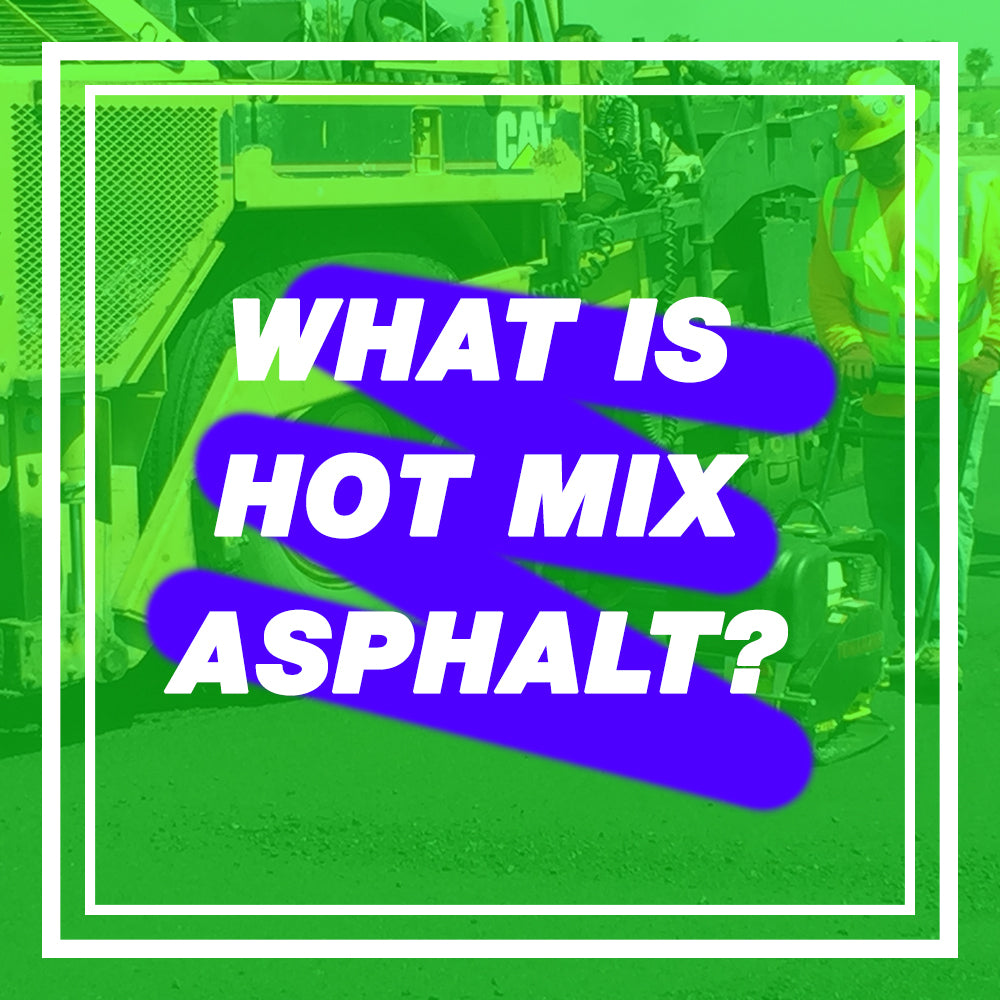Hot Mix Asphalt is a heated combination or asphalt cement mixed with gravel, sand, or stone.
Key Terms
-
Asphalt Pavement: Paved surfaces that use asphalt cement
-
Asphalt Cement: A sticky, black binding material made from crude oil
-
HMA Facility: Facilities or batch plants that make Hot Mix Asphalt
-
Double Drum Roller: Equipment used to compact Hot Mix Asphalt
Asphalt pavement (asphalt, blacktop, tarmac, rolled asphalt) refers paved surfaces that use asphalt. Roads, parking lots, airports, playgrounds are all often paved with asphalt. Typically asphalt pavement surfaces use Hot Mix Asphalt or HMA. Typically, asphalt is laid down in the Spring and Summer, because asphalt simply works best when laid in warmer weather. In colder weather, asphalt crews have a shorter window to work with the material, with more room for error.
The key ingredient to Hot Mix Asphalt is Asphalt Cement (liquid asphalt, asphalt binder) – a product of crude oil. To create Hot Mix Asphalt, asphalt cement is heated and combined with a combination or gravel, sand, or stone. The combination is mixed together at an HMA facility and loaded onto asphalt trucks to be shipped to the paving job site. The trucks release the Hot Mix Asphalt into paving machines, which then place the asphalt onto the compacted surface of a future road or parking lot. Heavy double drum rollers are driven over the asphalt to compact the material and smooth the surface. When the asphalt has cooled automobiles are typically permitted to drive over the complete asphalt pavement.










